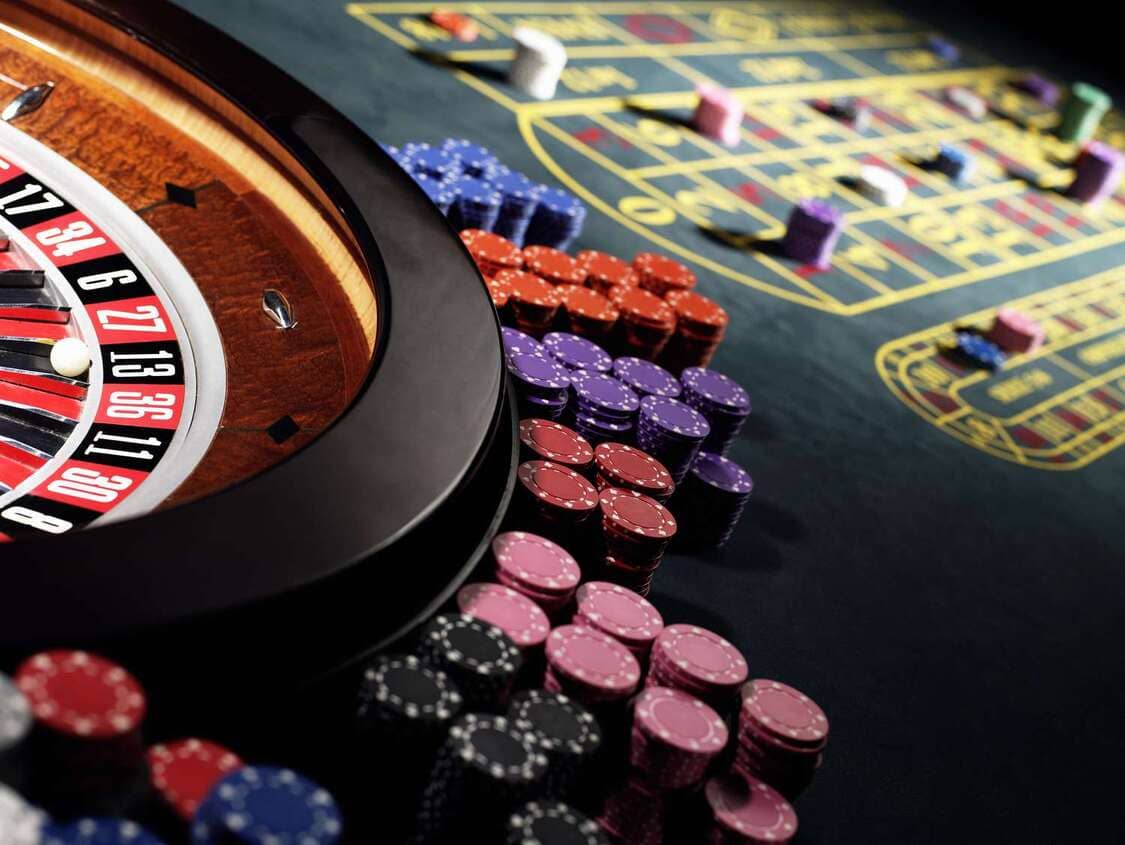If you want to make your own roulette wheel, you need to know a few things first. You need to know the different components of a roulette wheel, as well as some simple tips for making your own.
The Basics
There are several basic components to a roulette wheel, including the ball track and pockets. These components are all essential to the game of roulette and must work together for the ball to land in a numbered pocket.
Depending on the type of roulette wheel you’re using, there may be additional features that you should consider. These include a rotor that moves the ball around, as well as diamonds that are specifically designed to alter the trajectory of the ball.
Biased wheels
There are a few types of biased wheels, which will result in the ball dropping into specific numbers or sectors more frequently than others. This can happen either because of manufacturing imperfections or due to wear and tear on the wheel.
These defects can be very hard to spot, so it’s best to avoid playing with a biased wheel. However, if you do choose to play with one, there are a few ways to detect it.
1. Give the wheel a test spin
Before you start playing with your roulette wheel, give it a test spin to ensure that it’s sturdy and doesn’t wobble during a spin. This can help you to determine whether or not the wheel is faulty and should be repaired.
2. Set up the table
Before starting a game of roulette, you need to set up the table and the layout. This includes attaching the roulette wheel to the table, as well as creating a table base. This will prevent the wheel from falling off the table and causing injury to anyone who sits down at the table.
3. Create rules for the game
Before players start playing your roulette wheel, make sure that everyone understands the rules of the game and is willing to follow them. This will help to keep the game from becoming too competitive and squabbles over winnings will be less likely to occur.
4. Build the base
Before building the base for your roulette wheel, be sure to measure it carefully. It should be at least three feet wide and long, and it should be a solid base that can support the weight of the round when it’s spinning.
5. Use wood glue or epoxy to secure the wheel and ensure that it doesn’t fall off of the table
When building a roulette wheel, you should use wood glue or epoxy to secure the wheel and allow it to dry overnight. You can also use tape to hold the wheel in place.
If you are looking to make a roulette wheel, there are many different options available, so be sure to do your research before you buy one. This will allow you to find the best roulette wheel for your needs.
In the end it should looks like here:
